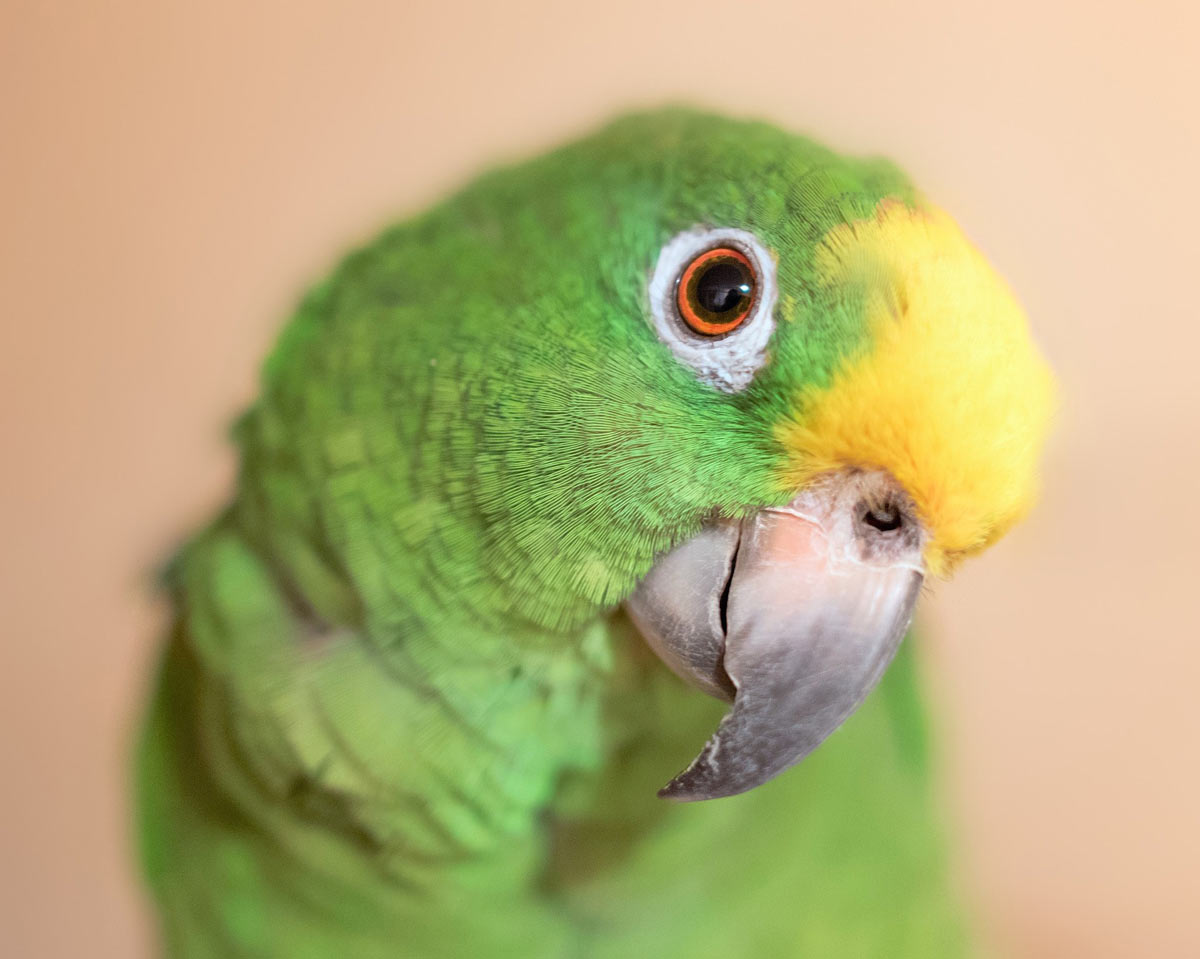HappilyDivorced2015
New member
- Dec 13, 2021
- 4
- 4
- Parrots
- Blue Quaker
I'm new to parrot ownership...brand new. I purchased a Blue Quaker Parrot recently, but only after reading numerous books and researching multiple websites to truly understand what I'd be getting into.
I have only had Blu for a couple weeks, but I have been working with him daily and I have him consistently stepping up on my finger on command and without hesitation.
In fact, there are times I'll walk up to the cage and before I even have the door open, he's holding out his foot...super adorable!
The issue I'm having isn't getting him on my finger, it's getting him to STAY on my finger. I've read many books on training and the suggestions and advice seem to be working quite well; however, there isn't a single book I've found that tells me how to train him to stay on my finger or the training perch once he's there. Can someone please provide some suggestions?
Blu's wings are clipped...for now. They were clipped when I bought him, which is what I wanted for training purposes; however, I realize how important exercise from flying is for a bird, so once I have him trained well, I plan to stop clipping him.
The vet stated that he would eventually figure out on his own that his wings don't work and he'll quit trying to use them so the problem should resolve itself, and in the meantime, I should just keep working with him.
Is this sound advice or is there a way that I can train him to stay on my finger or the perch? I'm eager to continue training him, but unless I can get him to stay in one spot outside of his cage for more than 10 seconds, my attempts at training will be futile.
Any suggestions would be very much appreciated!
I have only had Blu for a couple weeks, but I have been working with him daily and I have him consistently stepping up on my finger on command and without hesitation.
In fact, there are times I'll walk up to the cage and before I even have the door open, he's holding out his foot...super adorable!
The issue I'm having isn't getting him on my finger, it's getting him to STAY on my finger. I've read many books on training and the suggestions and advice seem to be working quite well; however, there isn't a single book I've found that tells me how to train him to stay on my finger or the training perch once he's there. Can someone please provide some suggestions?
Blu's wings are clipped...for now. They were clipped when I bought him, which is what I wanted for training purposes; however, I realize how important exercise from flying is for a bird, so once I have him trained well, I plan to stop clipping him.
The vet stated that he would eventually figure out on his own that his wings don't work and he'll quit trying to use them so the problem should resolve itself, and in the meantime, I should just keep working with him.
Is this sound advice or is there a way that I can train him to stay on my finger or the perch? I'm eager to continue training him, but unless I can get him to stay in one spot outside of his cage for more than 10 seconds, my attempts at training will be futile.
Any suggestions would be very much appreciated!

